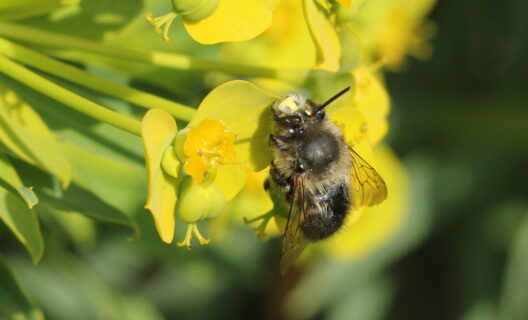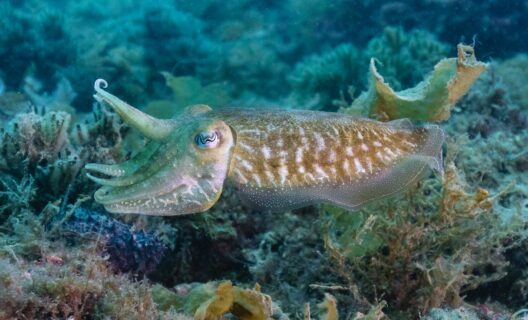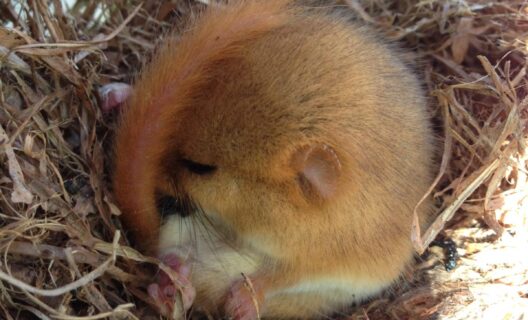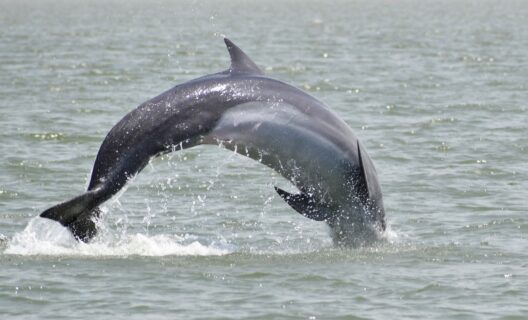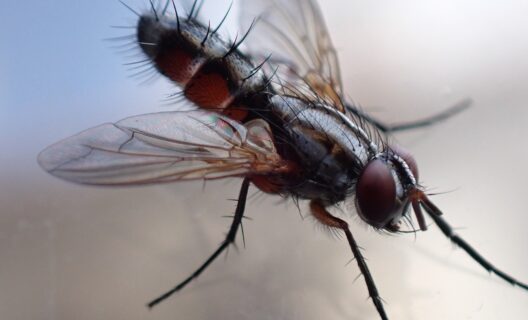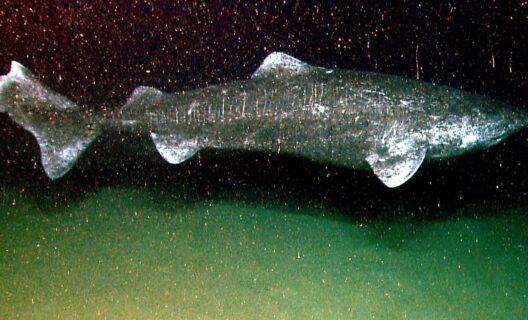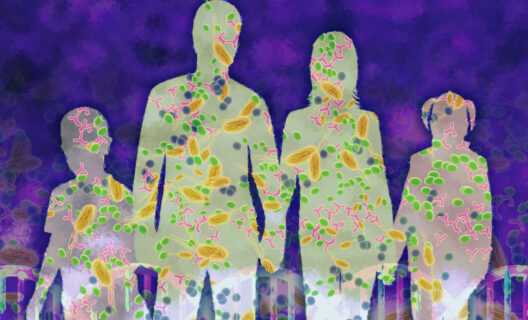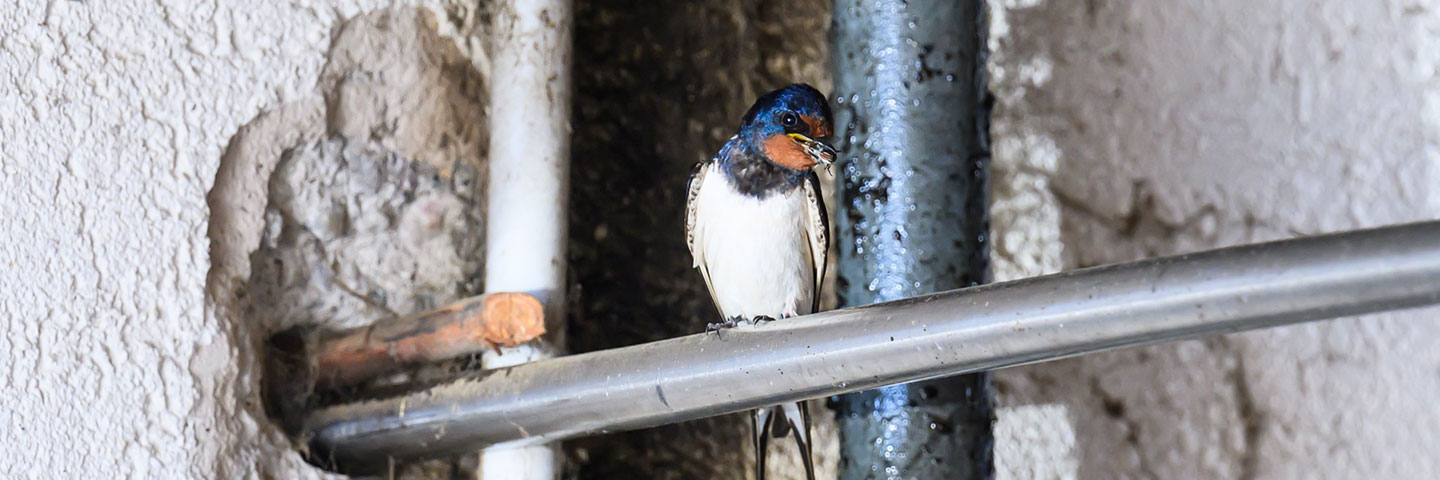

Reading time
0 min
By feeding on flies, they protect the health of livestock and avoid the use of insecticides
A study published in the Journal of Applied Ecology, in which the University of Milan, MUSE – Trento Science Museum and Lipu participated, highlights the valuable role of swallows, effective biocontrol agents of flies in dairy cattle barns. The benefits of their presence are innumerable; yet, this function is little known, and not enough is still being done to remedy their drastic decline.

""
The ecosystem role of the swallow
Numerous researches, reports the article, have demonstrated the effective contribution of insectivorous birds in the suppression of pests on livestock farms. The common swallow(Hirundo rustica) is closely associated with these places: it finds suitable nesting sites there, and abundant food sources in the surrounding pastures and hay meadows.
The swallow plays an important control role. In fact, it feeds on two economically relevant parasites on livestock farms, Musca domestica and Stomoxys calcitrans, which cause disturbance and stress to animals, consequently reduce milk production and can transmit pathogens.
"Swallows and farmers can be allies to each other. This study is an example of the ecosystem services that many species provide for us. "
Mattia Brambilla, ecologist, University of Milan
The research: barns with and without swallows
To fully understand the role of swallows in these contexts, the researchers examined nine dairy cattle barns located in Val di Non (Trentino, Italy). Four of them were occupied by breeding swallows. For five months, from April to August 2022, a number of factors were studied: fly activity, the presence and number of swallows, the number of dairy cows in each barn, and various environmental data.
Where present, swallows halved the activity index of flies (especially when the ambient temperature was higher, i.e., in the summer months), and not only because they feed on them: the insects perceive these birds as a threat, and consequently decrease their activity to avoid being preyed upon.
""
A worrying decline across Europe
Well: these birds, which should also be protected for the help they provide to humankind, are undergoing an alarming decline throughout Europe. The causes are many. Besides the massive use of pesticides, which reduces the availability of insects (their main source of food), one can mention the renovation of buildings (which eliminates cavities, holes and old nests, used for nesting), biosecurity concerns (which leads in some cases to discouraging wild birds’ access to stables) and the intensification of agriculture (which leads to a loss of important habitats such as meadows, pastures and wetlands). The decline of swallows is an alarming sign of the increasing pressure of human activities on ecosystems.
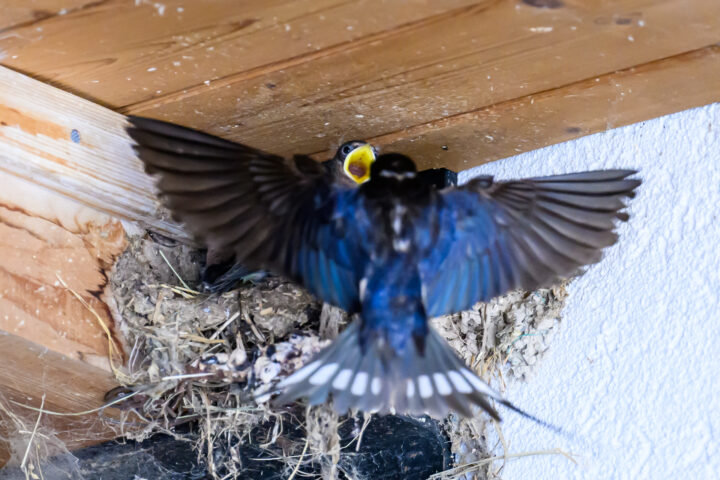
""
Valuable allies to protect
“Swallows and farmers can be allies to each other,” said Mattia Brambilla, ecologist at the Department of Environmental Science and Policy at the University of Milan. “This study is an example of the ecosystem services that many species provide us, shedding light on the contribution of insectivorous birds in particular. The conservation of these animals also benefits farmers and consumers, and reminds us that we need healthy, functioning ecosystems to meet the environmental challenges we face.”
Containing noxious flies in cattle barns, the study concludes, improves animal welfare, and consequently leads to a potential increase in their milk production. It also decreases the need for chemical insecticides. Therefore, it is desirable to promote the coexistence of swallows with livestock and knowledge of their role so that appropriate conservation policies can be developed.
The journey goes on
Every story paves the way for the next: discover where biodiversity takes you




